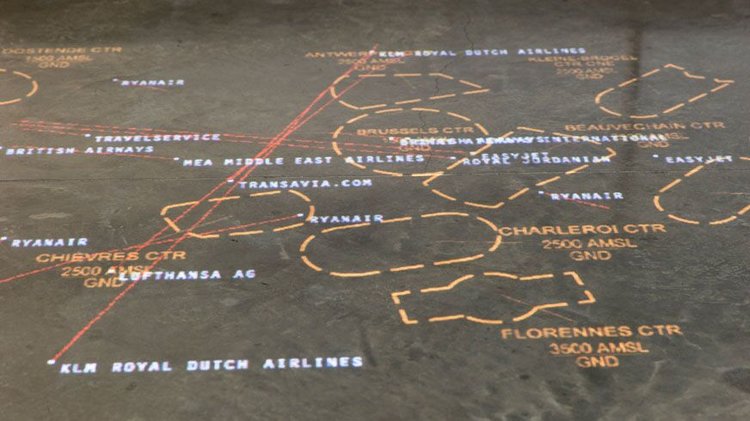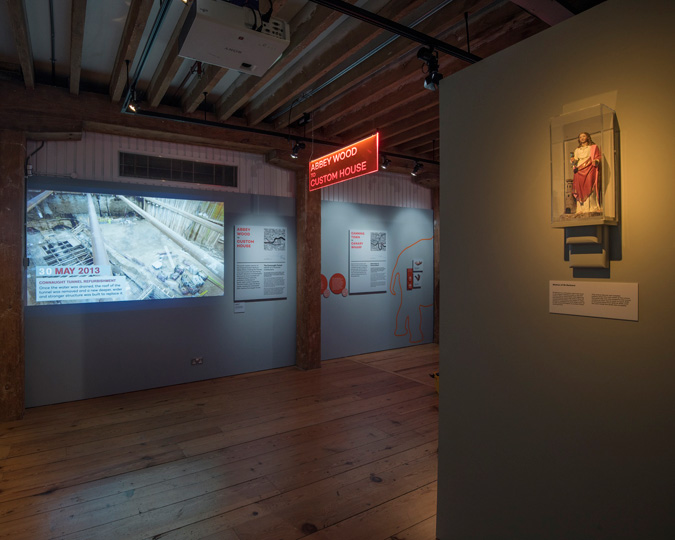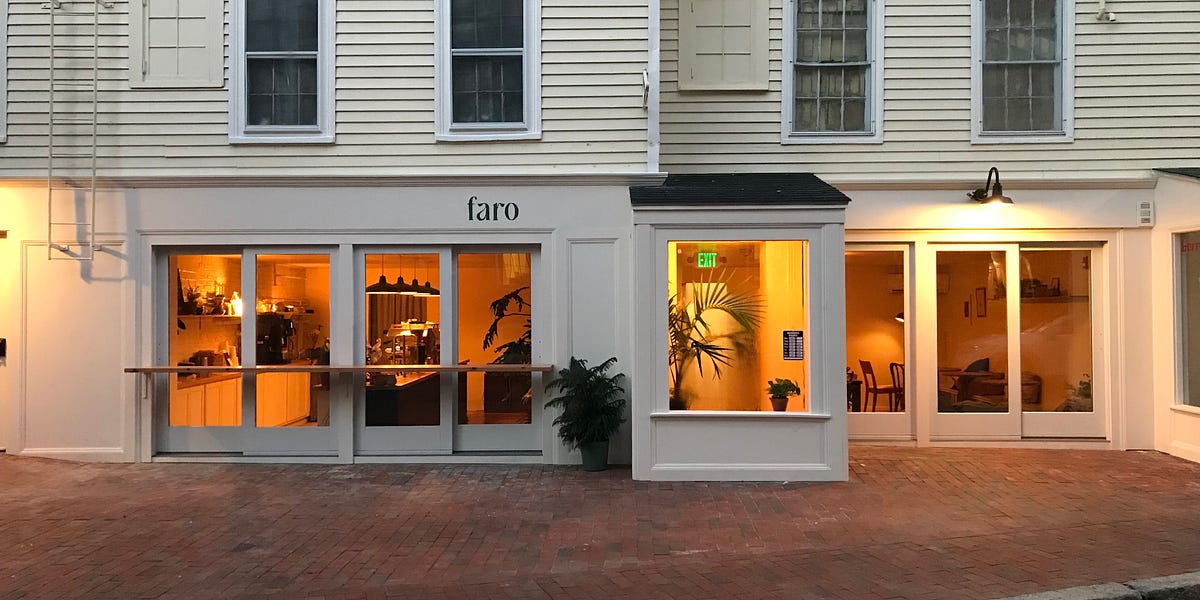#feministfriday episode 502 | Systems
Good afternoon everyone,
I have been reading Systems Ultra by Georgina Voss, a book I recommend without hesitation to all subscribers, particularly those who like large infrastructure projects and good writing. Available on Amazon and everywhere else books are sold.
Here's an art project George did on airspace - of course this is an installation so I can't really convey it in a newsletter, but maybe you'd like to request it for an exhibition space near you?

As Above Not Below is a data visualisation and sonification installation which exposes the impalpable infrastructure of international airspace, and the limits of our access to the sky above us. A large floor-projected map of Belgium displays the visual boundaries and structures of alternating air regulations – civil, military, prohibited – to expose how the country’s form is radically re-shaped through this regulatory infrastructure.
https://gsvoss.com/works#/aanb/I personally was unbelievably thrilled to find a woman saint intimately involved in a large infrastructure project. Click the link for more information on Saint Barbara:
When thinking about the Crossrail project, most people probably think about the trains, or the enormous tunnel boring machines (TBM’s), or about the tunnels themselves, running deep beneath London. But perhaps a less well-known fact is that that an early Christian saint also played a role in this huge construction project. A small plaster statue of Saint Barbara was to be found in the tunnels during construction [... She was] associated with explosives and she became the patron saint for those who worked with them, such as artillery-men, military engineers and miners.

Saint Barbara, patron saint of engineers | Museum of London
Who was Saint Barbara and what does a medieval saint have to do with the Crossrail tunnel beneath London?
Finally, here's the latest from another of my favourite thinkers on architecture, Sara Hendren:
A city should contain a whole panoply of richly imagined and specific spaces, containers built with interior features for freedoms and limits alike. McPherson calls us to a life with “enhanced autonomy”— a life with choices that are also informed by our loyalty to the given, unchosen world — what we might just call living with obligations. I’d like to see designers take a renewed look at limits in their partnership for civic goods: rules that constrain and liberate.

the city and the limiting virtues - by Sara Hendren
"freedom to" and "freedom from" in the cafe, church, and library
Love always,
Alex.